
Author:GameFiDragon888
On the evening of November 18, 2021, 10,000 StarSharks Mystery boxes priced 30BUSD were sold out in a few minutes. After the rush purchase, the floor price in the secondary market immediately jumped to 900BUSD. At that time, although StarSharks was criticized as “Imitator of Axie Infinity”, with Binance Labs as leading investor, its Mystery boxes sales still draw vast participants.
Over the past three months, the DAU of this shark-themed GameFi card game on BNB Chain has been growing steadily. The number of users increased by 292.81% to 53.41k, while the transaction volume increased by 331.2% to 318.74k in the past 30 days.
In this round of de-bubbling cycle of GameFi, the data of StarSharks has increased against the downward trend, breaking into the Top5 of GameFi on BNB Chain. Meanwhile, StarSharks was selected in the BNB Chain MVB IV incubation program, with both users and blockchain support at its disposal. So what is behind StarSharks’ rapid growth in these 3 months?

1.StarSharks’ Milestones
Looking back on the short-term development of StarSharks, in general, it has gone through three stages: sales, beta version and player growth.
Sales: NFT/Token sales
•On November 18, the first round of 10,000 genesis NFT Mystery boxes were sold on Binance NFT platform with an initial price of 30BUSD, of which current floor price is 960BUSD.
•On December 8, the second round of 10,000 NFT Mystery boxes were sold on official Marketplace, with an initial price of 50BUSD for whom the demand obviously far exceed the supply.
•On December 16, the StarSharks token SSS was listed on PANCAKE. The opening price was 0.9USDT, the highest was 14.8USDT, and it is currently stable at 8USDT.
Beta Version: StarSharks.Warriors officially released
•On December 25, 2021, StarSharks.Warriors, the first PVP/PVE battle game with shark NFT at its core was released.
•On February 1, 2022, StarSharks opens its SSS staking pool.
User Growth: joined BNB Chain MVB IV incubation program
• User: 15,000 (February 2022) to 38,000 (March 2022);
• Twitter followers: 63,000 (November 2021) increased to 111,000 (March 2022);
• Telegram numbers: increased from 38,000 (November 2021) to 55,000 (March 2022);
• Discord numbers: 80,000 (November 2021) increased to 95,000 (March 2022).
As of March 17, 2022, StarSharks currently has more than 38,307 daily active addresses holding a total of more than 162,857 shark NFTs. One interesting thing is that 80% of these addresses participate in the game by renting sharks. How does StarSharks attract users in such a short time? Why 80% of users are renting NFT for P2E? I will first start with the product itself.

2. Product Architecture of StarSharks
From the product point of view, several core modules of StarSharks have been precisely designed and will be analyzed as follows:
Gameplay module
Value Flow in StarSharks: BNB, SEA, SSS
• SEA: in-game token with unlimited issuance;
• SSS: governance token with 100 million in total circulation;
• BNB: BNB/SEA
SEA: 100 million SEA tokens were issued in the initial stage, of which 90 million SEA tokens were placed in a fixed pool, and other 10 million SEA tokens will be used to build up the initial liquidity pool for BNB-SEA.
Mystery box: New users buy and sell shark NFT by converting BNB to SEA. 500 SEA can buy one Mystery box to get Star Sharks NFT thus consuming SEA.
P2E: Holding 3 sharks NFTs can participate in P2E
•Players who complete daily tasks can get SEA tokens. Winners of PvP/ PvE battles can get SEA tokens.
•Every month, the top 500 players of PvP battles can get SSS tokens.
Shark upgrade: Spending SSS and SEA tokens can upgrade for high-rank sharks
Rent: Renting shark NFT to get SEA.
Stake: Token holders can lock up their SSS tokens in DAO. The locked SSS tokens are named as VeSSS.
Trading: BNB and shark NFT.

Comments: Referring to the value flow in the game, StarSharks is bound with SEA when getting into P2E (buy shark NFT) and sold to BNB when getting out of P2E (sell shark NFT). Compared with the USDT-standard P2E model of GameFi, when the price of SEA falls, StarSharks’ SEA-standard value flow is more conducive to effectively reduce the probability and speed of GameFi death spiral. While the dual-token system helps to maintain and increase the value of the game as well.
Market module
The Marketplace is the all-encompassing trading place on the StarSharks platform that allows users to trade, sale and rent shark NFTs. In the Marketplace you can see sharks of different levels and stars.

Shark level: Player consumes 1 energy to go through every round of play and gets SEA rewards if winning. The energy recovery time and energy limit are related to the current shark level: the higher the shark level and the stronger the attributes, the more energy per day and the faster energy recovery. The graph below shows the energy and recovery time for each level of sharks.
•1-star Shark — restores 1 energy every 2 hours 24 minutes up to 10 energy
•2-star Shark — restores 1 energy every 1 hour 12 minutes up to 20 energy
•3-star Shark — restores 1 energy every 48 minutes up to 30 energy
•4-star Shark — restores 1 energy every 36 minutes up to 40 energy
•5-Star Shark — restores 1 energy every 36 minutes up to 40 energy
•6-Star Shark — restores 1 energy every 36 minutes up to 40 energy
Shark synthesis: two sharks with the same star level can be upgraded to a shark with a higher star level. For example, two 1-star sharks can be combined into a 2-star shark, and two 2-star sharks can be combined into a 3-star shark. The upgrade success rate is 100%.
The service charge for shark synthesis (upgrade) is as follows:
•1-star to 2-star 150SEA+1SSS 5 days cooling-off period
•2-star to 3-star 300SEA+1SSS 7 days cooling-off period
•3-star to 4-star 450SEA+2SSS 9 days cooling-off period
•4-star to 5-star 750SEA+2SSS 11 days cooling-off period
•5-star to 6-star 1200SEA+4SSS 13 days cooling-off period
Cooling-off period: Each synthesis is followed by a cooling-off period, during which they cannot be used to synthesize higher-grade sharks. The cooling-off period first lasts for five days for a new 2-star shark and is then prolonged as the rank of the shark increases.
Comments: Unlike Axie Infinity, there is no breeding system but a synthesis system in StarSharks. Two low-star sharks can be synthesized into one high-star shark. This shark synthesis system is simple and easy to understand. The core attributes of shark increase as the level increases, so as to be able to obtain more P2E rewards. Meanwhile, Shark synthesis ensures the decrease of the total number of sharks on the market, and the costing SEA and SSS for shark synthesis also ensures the deflation of SEA and SSS.
In addition, the upgrade system also improves the playability for players. Motivated by the rewarding SSS to the top 500 players in the PVP ranking, high-level players are willing to upgrade and win more rewards which promotes the overall competitive environment and drives the internal circulation of the game economy system.
NFT Rental Module
Users can list their shark NFTs and set the expected earnings and days of rental on the leasing market.

Leasing rules:
•The lessor sets the lease period as the entire lease period, and the lessee needs to pay the total price of the lease period in advance
•The countdown to the lease period will not begin until the lessee signs a valid lease agreement
•The lessor can change lease prices at any time, but these changes will only take effect after all existing lease agreements have ended
•The lessor will receive an expected SEA profit, which is the suggested price of the shark NFT to be rented. ( expected profit= rental days x daily SEA income)
•The lessor can cancel the shark’s “rental” status and withdraw it from the leasing market at any time. But if the shark is currently leased, it will only be returned at the end of the current lease agreement.
•For a leased shark NFT, the energy points consumed in the last 24 hours of the lease agreement will not be recovered. When the shark NFT is returned to the owner, the energy points will be fully restored immediately.
•Transferring a rented shark will not affect their lease agreement, but the “rented” status will be cancelled and the shark will be returned to the new owner when the existing lease agreement ends.
•Current shark lessee can extend their lease period before the expiration, as if the shark is rented by the lessee, the existing leasing agreement has not been terminated, and the shark is in “for rent” status.
•Rented sharks can participate in PVP battles, but ranking will not count.
Comments: As the production material of GameFi, shark NFTs are different from the “scholarship program” of the guild. The built-in rental mechanism not only improves the liquidity of NFT, but also further distinguishes the user behavior of different players, diversifies P2E gameplay and lowers the threshold. Through the perfect combination of players who have time without NFT and players who have NFT without time, StarSharks has developed a P2E gameplay suitable for different groups of people.
There are currently four strategies to take for earning:
•All self purchase
•Full lease
•Semi lease
•purchase and lease

On the other hand, the leasing mechanism leads to a positive cycle for the value flow in the game. New players joining the game will not only promote SEA deflation, but also reduce output on the supply side through leasing. As most of the lease charge obtained by the project are burned with a small part transferred to the SSS staking pool, this will also promote the positive cycle of the game ecosystem.
So far, the daily trading volume of shark leasing market has exceeded 1.5 million SEA, and the cost of shark rental has increased 30 times in the past three months. The number of players who rent sharks is growing faster than those who buy sharks. 80% of the participated addresses are renting sharks instead of buying. That is to say short term players are getting involved into the StarShark wave in a less risky way, and this lower participation threshold is assured by StarSharks’ diversified P2E gameplay.

Staking Pool
•The platform sets up a liquidity pool in which players can stake their SSS governance tokens in exchange for veSSS and become LPs, who are entitled to share 70% of the platform’s earnings. The platform’s earnings mainly come from:
-In-game NFT synthesis — NFT upgrade ($SSS)
-Mystery box sales ($SEA)
-Lease charge ($SEA)
-C2C transactions on the market ($BNB)
•Users will be given voting power in proportion to the VeSSS holding amount.

Comments: At present, the average staking period of StarSharks is 3.53 years, with a total staking amount of 1.55 million SSS. The increasing SSS staking amount indicates that long-term players are gradually increasing.
Long-term players play an important role in GameFi. And a good community not only allows game developers to improve the game experience by collecting feedback from long-term players, but more importantly, invites players to participate in game design and content updates. This is how GameFi differs from traditional games.
StarSharks is still in the early stage of governance, but compared with other GameFi projects whose governance power was not delegated to the community, StarSharks has accelerated the pace of governance decentralization. StarSharks has completed two official DAO votings since its DAO governance started with its current fee structure of the leasing system voted by staking (long-term player). We look forward to more interesting exploration of StarSharks co-governance with community members and providing more utility to SSS in the future.

3. Combination of Players, Investors and Blockchain Ecosystem
A well-designed product architecture is only the foundation of GameFi games. Game players are more concerned about: Is StarSharks a flash in the pan? Is P2E sustainable or not? From these perspectives here’s what we see in StarSharks’ sustainability narrative:
Token distribution
Drop early profits: One can not make profits in StarSharks’ early stage, and nearly 94% of SSS held by project team and private round investors have been locked up for four years, which greatly avoids early sell-offs occurred in many other GameFi projects and protects the interests of players.
Diverse P2E gameplay: Nowadays, the payback period of many blockchain games is calculated even in hours or days, while StarSharks chooses to maintain the balance of supply, consumption, rental, upgrade and other mechanisms to ensure a controllable payback period. The diverse P2E gameplay designed by StarSharks meets the needs of players with different risk preferences, better distinguishes their behaviors and lowers the threshold of entry.
Staking Rewards: Staking SSS can share most of the platform’s revenue (70% of the platform’s revenue), which comes from four sources:
•A 4.25% fee (BNB) will be charged for users who trade NFTs in the marketplace by the platform, 70% of which will flow into the Staking Bonus pool
•30% of the SSS tokens that users spend to synthesize high-rank NFTs will flow into the Staking Bonus pool
•A 4.25% fee (SEA) will be charged for users who lease NFTs in the marketplace by the platform, 20% of which will flow into the Staking Bonus pool
•A 4.25% fee (SEA) will be charged for users who buy Mystery box in the marketplace by the platform, 70% of which will flow into the Staking Bonus pool
Referral Rewards: When a referee buys a mystery box in the marketplace using SEA tokens, 5.75% of the total transaction amount, as well as 7% of the platform fee (4.25%) charged by the platform, will be given to the referrer.
For example: If a referee spends 1500 SEA to purchase three mystery boxes, then his/her referrer can get: 1500*5.75%+1500*4.25%*7%=90.7125 $SEA

SSS dynamic adjustment and SEA pool
To solve the sustainability problem of GameFi, StarSharks adopts a dynamic adjustment system, which can be actively adjusted according to the future trend.
First, to ensure SSS long-term value, StarSharks established a “releasing-staking-recycling“ system, as follows:
•SSS release quantity reschedule: The release quantity is adjusted annually, with up to 780,000 tokens released per month in the first year. After which the release quantity will be reduced with a decay coefficient of (9% + n%) starting from the second year. According to the mathematical model, the annual release quantity will be up to 5,484,900 in the fifth year, and the annual release quantity shall be maintained at 2,158,900 in the tenth year.
•Recovery Ratio: According to the model, the platform only needs to maintain the recovery ratio (i.e., SSS consumed in the year / SSS released in the year) at 20% to maintain a robust operation
•Bonus pool return quantity: SSS will be consumed in the game, of which 60% of the consumed part will be returned to the bonus pool (the return ratio of the bonus pool is 60%) calculated with a recovery ratio of 20%, and the annual return quantity =the release quantity of the year * recovery ratio * return ratio
•Incentive pool remaining: The current total bonus pool — the number of current year releases + the number of current year bonus pool returned
Second, SEA, as the cornerstone of sustainability in StarSharks, the balance of its output / consumption is still controllable referring to the latest data. In addition, the official SEA pool can also be used as a means to adjust SEA in the future to maintain the stability of in-game ecosystem. The stable value of SEA will eventually stabilize the value of SSS.

The balance between playability and revenue is the key factor for the sustainability of GameFi. The StarSharks game development team has a deep understanding of the pain points of the general inflation of P2E games and the design of traditional F2P games. At the present stage, StarSharks.Warriors can still maintain the stable value of game ecosystem through mechanism design and dynamic adjustment, and we expect StarSharks’ second game to expand more application scenarios in the future.
Sustainability narrative
Players, development team, game ecosystem and BNB Chain are all integral parts of the StarSharks Metaverse ecosystem.
From the perspective of blockchain capacity, BNB Chain has higher transaction efficiency, lower transaction loss, and is also compatible with the EVM. In a word, BNB Chain is more friendly to GameFi’s development from resources to infrastructure.
From the perspective of the project and user amount, BNB Chain is currently second only to Ethereum in number of GameFi projects. BNB Chain’s early GameFi projects such as Mobox, Cyber Dragon, CryptoMines, CryptoBlades, MyDeFiPet, and X World Games have laid a solid user base for GameFi development.
From the perspective of official support, BNB Chain is actively supporting the development of the entire NFT/GameFi ecosystem by launching the Most Valuable Builder Program “MVB”, which provides incubation support such as US $10,000 seed fund and audit fee for selected projects.
Recent data suggest that GameFi on BNB Chain is poised for explosive growth. 60% of the DAU of DApps on BNB Chain come from GameFi, and the market value of BNB Chain’s top 10 games reaches nearly $1 billion. It is worth noting that the fastest growing WAU data come from StarSharks.

After being selected into BNB Chain’s MVB IV incubation program, StarSharks now has users, ecosystem and blockchain support at its disposal. The user growth of StarSharks promotes the value flow in BNB Chain ecosystem while the BNB Chain ecological support also brings more users to StarSharks, thus forming a positive cycle of the value flow in the whole StarSharks Metaverse.
StarSharks’ vision is to build a StarSharks Metaverse (up to five games), not just one GameFi game. According to the latest official AMA, the second game being launched by StarSharks in 2022 will formulate a larger economic cycle with more social roles, providing wider circulation and more application scenarios for SEA, SSS and shark NFTs. The release of new GameFi in the StarSharks Metaverse makes the economic system more robust and provides players with more role choices.
Although a GameFi game has a life cycle, the community, culture and interest community formed behind the game are key to the sustainable narrative. The StarSharks game development team is building a new narrative of GameFi sustainability by incorporating both game players and blockchain ecosystem.

Conclusion
Looking back at the history of the game industry, GameFi is still in the early stage full of innovation, rapid change, high competition, but also great opportunities. In the face of massive competition, it is never easy to create a sustainable GameFi ecosystem.
As an investor of StarSharks, AC Capital sees the product differentiation of StarSharks from the very beginning. Although we are not sure of the future development direction of StarSharks, we believe that the future trend of GameFi is to continue to include users’ feedback, lower the threshold of entry, improve user governance rights, and increase the utility of GameFi assets.
As a key GameFi project supported by BNB Chain, StarSharks makes great efforts in product architecture and game sustainability, and truly takes into account the interests of both short-term and long-term players to continuously add value to community players. We expect StarSharks’ second game to explore more application scenarios and to cooperate with investors, community players, game ecosystem and BNB Chain to together build a sustainable GameFi ecosystem.
Reference
https://twitter.com/starsharks_sss
https://vote.starsharks.com/#/
https://static.starsharks.com/whitepaper/StarSharks_WhitePaper_2021.pdf
https://medium.com/@StarSharks/referral-sharing-mechanism-98a53b64be59
https://t.me/starsharks_SSS_CHT
https://www.bnbchain.world/en/blog/gamefi-lifecycle-analysis-featuring-mobox-starsharks-bombcrypto/
https://bscproject.org/#/projects?cateID=2&tagID=0
https://cointelegraphcn.com/news/future-of-gamefi-bootstrapping-sustainability
https://btc.meituixiuxiu.com/index/star_sharks/staking_info.html
https://dappradar.com/binance-smart-chain/games/starsharks
https://dappradar.com/rankings/category/games
https ://gametaverse.io/hubble/starsharks
https://dune.xyz/gametaverse/StarSharks-Gametaverse
https://dune.xyz/NCL/StarSharks






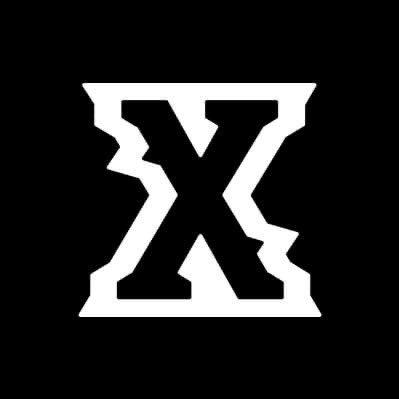
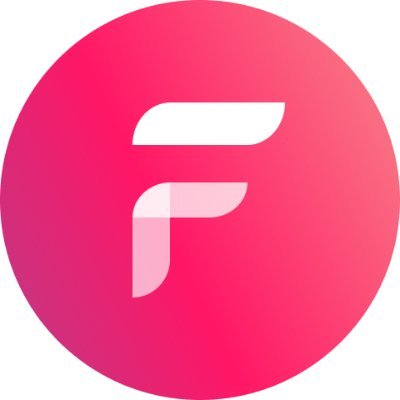



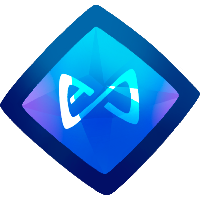


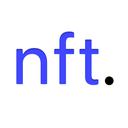
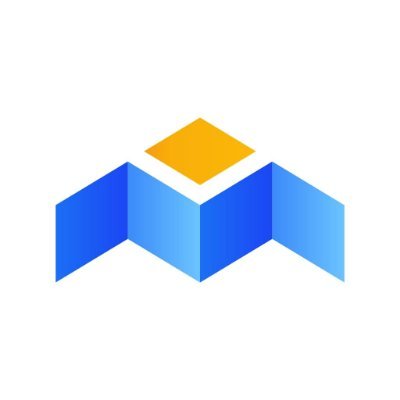


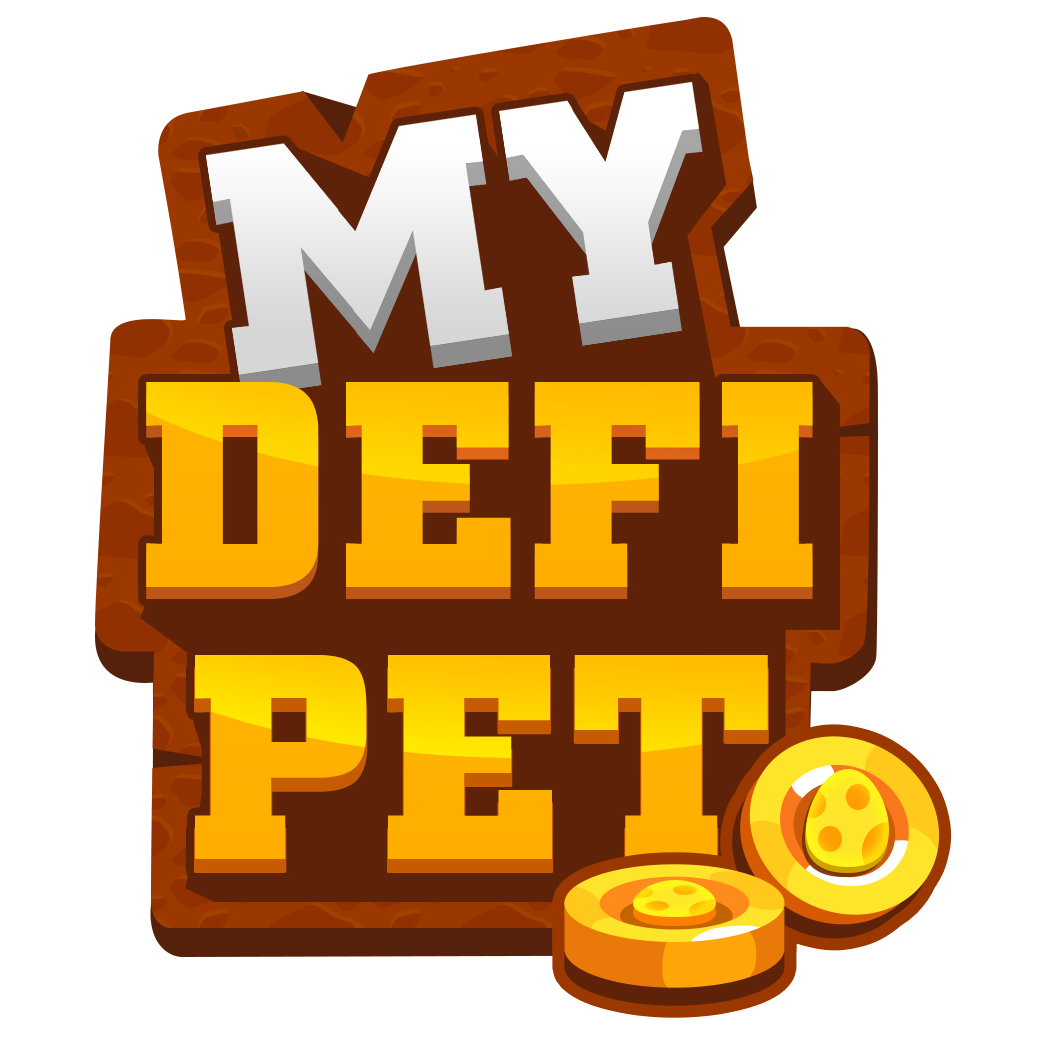






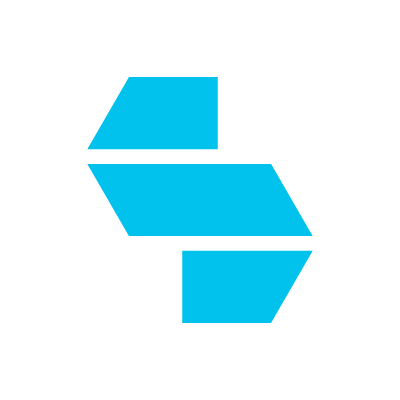

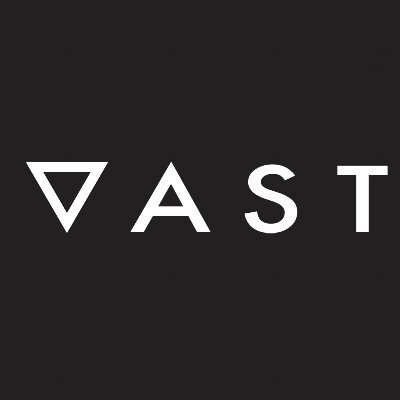


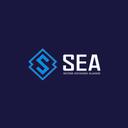














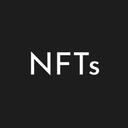









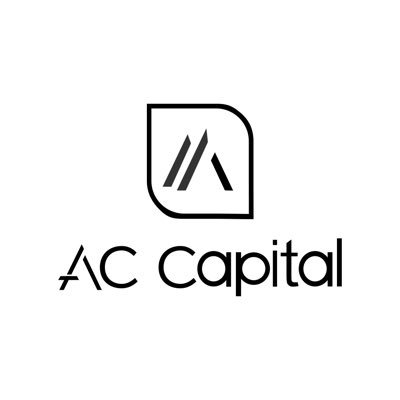



【免责声明】市场有风险,投资需谨慎。本文不构成投资建议,用户应考虑本文中的任何意见、观点或结论是否符合其特定状况。据此投资,责任自负。
推荐专栏












